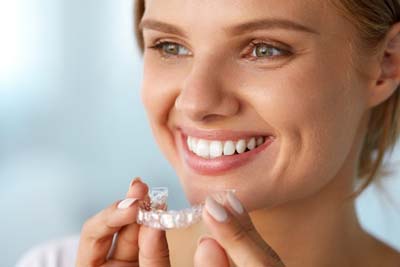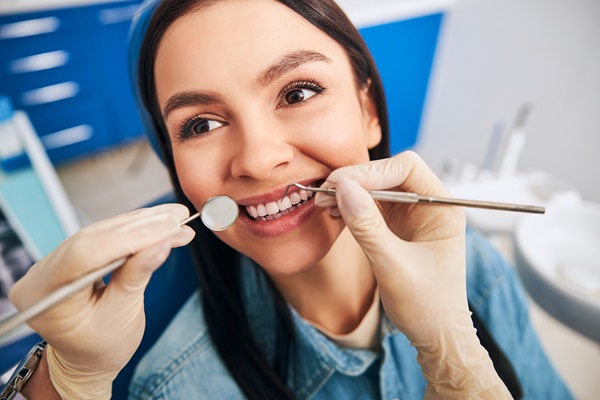Braces vs. Invisalign: Which Orthodontic Treatment is Right for Me?

When a patient requires orthodontic treatment to straighten their teeth, they usually have to choose between traditional braces or Invisalign. Traditional braces consist of wires, bands and brackets. With the new lingual braces and clear aligners, patients must know the facts about the options available before choosing their corrective device.
Both braces and Invisalign are useful for teeth alignment. While the result is comparable, the correction procedure is different. In this article, we discuss the pros and cons of the two options. This will help you decide which would be the best option for you or your child.
Invisalign and lingual braces are rapidly gaining popularity because of their visual benefits. Both corrective appliances stay conveniently hidden. Invisalign is transparent and hardly noticeable, and lingual braces sit on the posterior side of the teeth. The teeth are shifted slowly into position without the patient having to wear bulky metal wires and brackets on the teeth.
Braces vs. Invisalign – Pros and cons
Braces
Braces are the oldest and popular method of correcting teeth positions. They comprise of metal wires and brackets attached to the teeth. During the orthodontic treatment process, the wires will be continually tightened to create a proper bite.
Braces advantages:
- They have been around for long and have a higher number of successful outcomes
- For nonconsenting patients (such as kids), it is the faster option
- Most orthodontists and some dentists offer braces as a corrective option
- Different materials and colors are available based on preferences
Braces drawbacks:
- Braces are usually evident in photographs and smiles
- They are not suitable for patients with poor gum health or pre-existing dental issues
- Diet options are restricted to protect the braces
- Brushing and flossing can be difficult
Invisalign
Invisalign is the recent method for teeth alignment. It comprises of transparent plastic trays built by making impressions or models of the mouth. The tray has to be in your mouth day and night. During the orthodontic treatment, the dentist will give new tighter trays every six weeks.
Invisalign advantages:
- Hardly noticeable and less evident during pictures and conversation
- Trays are removable for brushing, flossing and eating
- Maintaining good oral hygiene is easier
- It costs as much as braces for the regular patients
Invisalign drawbacks:
- For non-consenting patients who would take out the trays, treatment is longer
- Trays can get missing and need replacement, leading to extra costs
- Invisalign is not suitable for patients with severely crooked teeth
- In exceptional cases, the cost can be high, compared to braces
What is the bottom line?
Although knowing the pros and cons of orthodontic treatment options may guide your decision, only a professional can give you the best advice for your condition. Book an appointment with our office today to learn more about the braces vs. Invisalign debate. Each case is unique, and we understand you may have financial factors to consider as well. Our years of experience and expertise will help create a beautiful smile after treatment.
Visit our Milwaukee office to get more information on braces vs. Invisalign at https://www.esdmke.com.
Check out what others are saying about our dental services on Yelp: Orthodontics.
Recent Posts
When considering full mouth reconstruction to restore oral health, it is important to learn about the process, including the choice to make. When multiple dental issues are present, a full mouth reconstruction is usually the best procedure to correct the problems and restore oral functions and one's appearance. Since there is a lot of information…
A dental bridge can replace a missing tooth or a row of missing teeth. This dental restoration can prevent you from experiencing the complications of tooth loss. Knowing this treatment better can help you prepare for your next visit. Here are some dental bridge benefits that you must consider.Teeth have roots that anchor them to…
No one looks forward to tooth extraction, but sometimes it is necessary for a person's oral health. This is often the case with the last adult teeth to erupt, the wisdom teeth. Many people need to have one or more of their wisdom teeth removed because they are not coming in right, there is not…
Dental implants are highly recommended when it comes to replacing missing teeth. They are the only oral prosthetics that replace teeth and their roots. Other prosthetics like dentures and bridges simply replace the visible part of the tooth.Implants are surgically placed in the patient’s jaw and left there to fuse with surrounding bone tissues. The…


